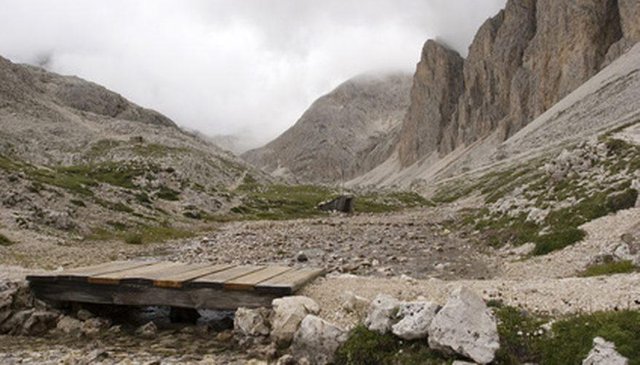Daily celestial challenge - Geology
Hello my fellow steamians. Today in #celestialchallenge initiated by @sirknight I'm going to discuss about Weathering & Erosion. 1. item

What Forces Cause Weathering & Erosion?
Weathering is the breakdown of rock into smaller fragments.
Weathering and erosion are two different, but related, processes. Weathering is the breakdown of materials through physical or chemical actions. Erosion occurs when weathered materials such as soil and rock fragments are carried away by wind, water or ice. Many forces are involved in weathering and erosion, including both natural and man-made causes.
Physical Weathering
Physical or mechanical weathering is the disintegration of rock into smaller pieces. Physical weathering is often caused by atmospheric changes such as heat or freezing temperatures. Frost wedging results when water freezes and expands in crevices, causing rock to crack. Also, extreme temperature changes such as rapid heating and cooling can cause rock to expand and contract. Plants cause weathering when roots growing on or under rocks gradually break the rock apart. In addition, animals such as rodents, earthworms and insects often disrupt and break rock apart by burrowing and digging. Wind is another force that causes abrasive weathering by blowing sand against rock faces.
Chemical Weathering
Chemical weathering is the disintegration of rock caused by chemical alteration of the mineral structure. According to Tulane University, the main cause of chemical weathering is the presence of weak acids in water coming in contact with rock. For example, the reaction of carbon dioxide gas in rainwater can produce carbonic acid that dissolves some minerals, especially limestone. Acid rain caused by pollution such as factory and car exhaust is another agent of chemical weathering. Chemical weathering also occurs when iron in rock oxidizes or rusts. In addition, certain types of lichens and fungi growing on rock secrete acids that etch stone surfaces.
Water Erosion
Heavy rainfall and flooding can wash soil, rock and sediment away into rivers and streams. Water erosion reshapes shorelines and deposits soil in new locations. Materials can be swept away by the water’s force or dissolved in the water and washed away. In addition, when organic material, which helps retain soil structure, is washed from topsoil, the soil becomes more prone to erosion.
Wind Erosion
Wind is a powerful erosive force, especially when soil is depleted and dry. Sand and soil are swept up and carried away in clouds of dust. A classic example of soil erosion caused by wind and other factors occurred during the “Dust Bowl Years” of the 1930s. Severe drought and wind, combined with 100 years of poor soil management, led to the devastating erosion of topsoil and formation of giant dust clouds that moved across the prairies of the American Great Plains.
Gravity
Gravity is another force that contributes to erosion, especially when combined with slope. Gravity pulls rocks and boulders down mountainsides and chunks of ice down glaciers. Gravitational pull also helps move water laden with dirt and weathered materials to low-lying areas.
Hi! I am a robot. I just upvoted you! I found similar content that readers might be interested in:
https://sciencing.com/forces-cause-weathering-erosion-7251345.html
Learning about all this in my sed-pet class. Check out my page to see the geology I do in my area. Thanks
Is steamian a geological subdivision of the antropocene period?